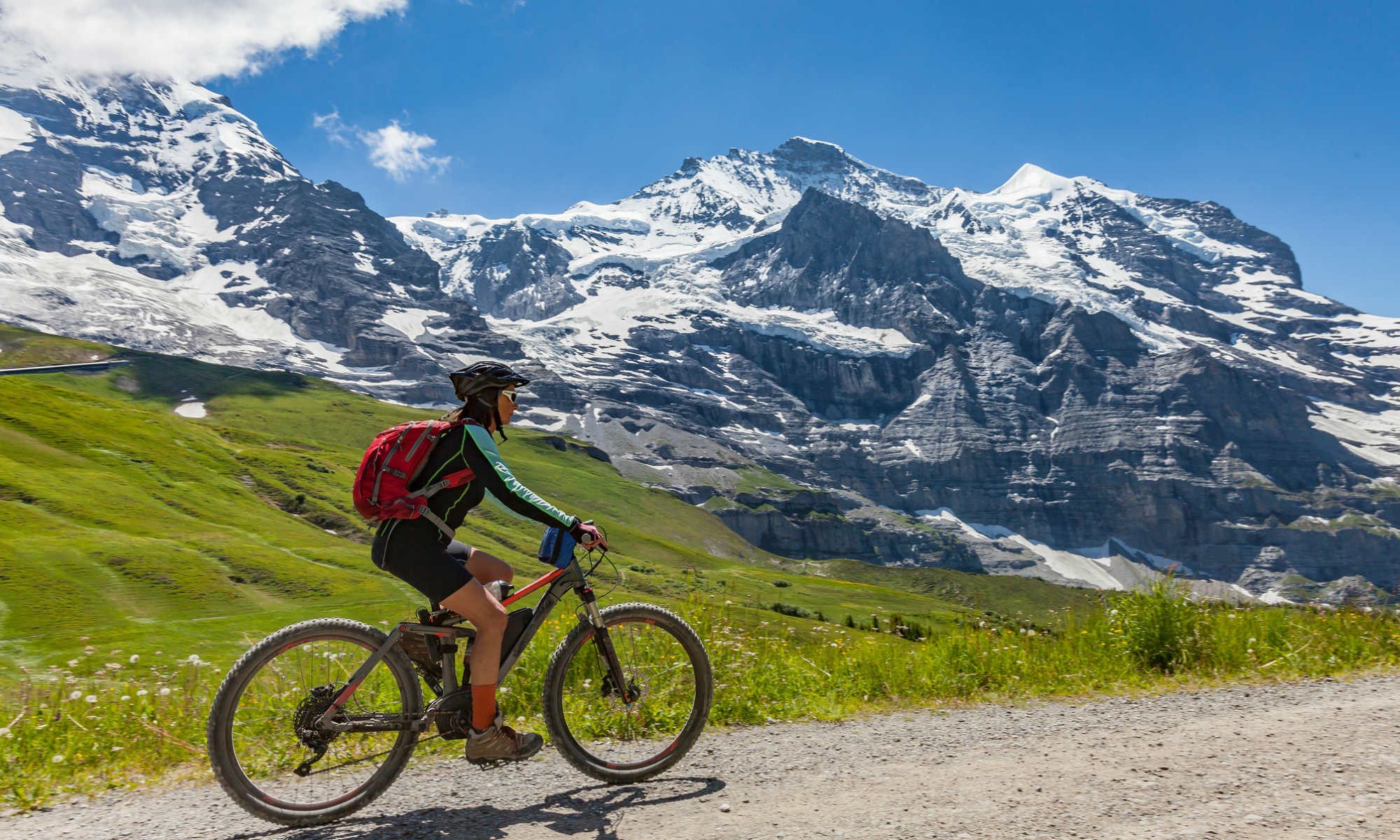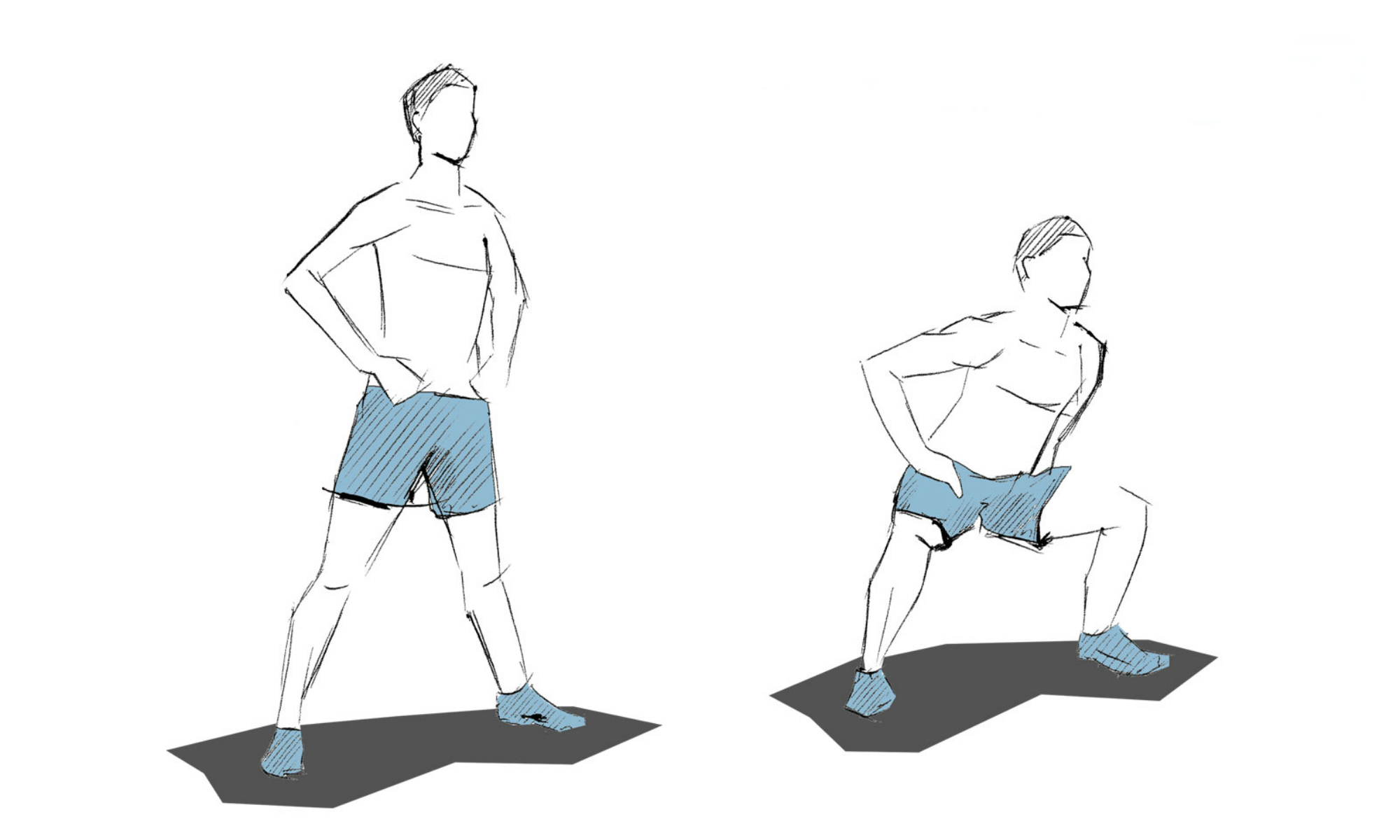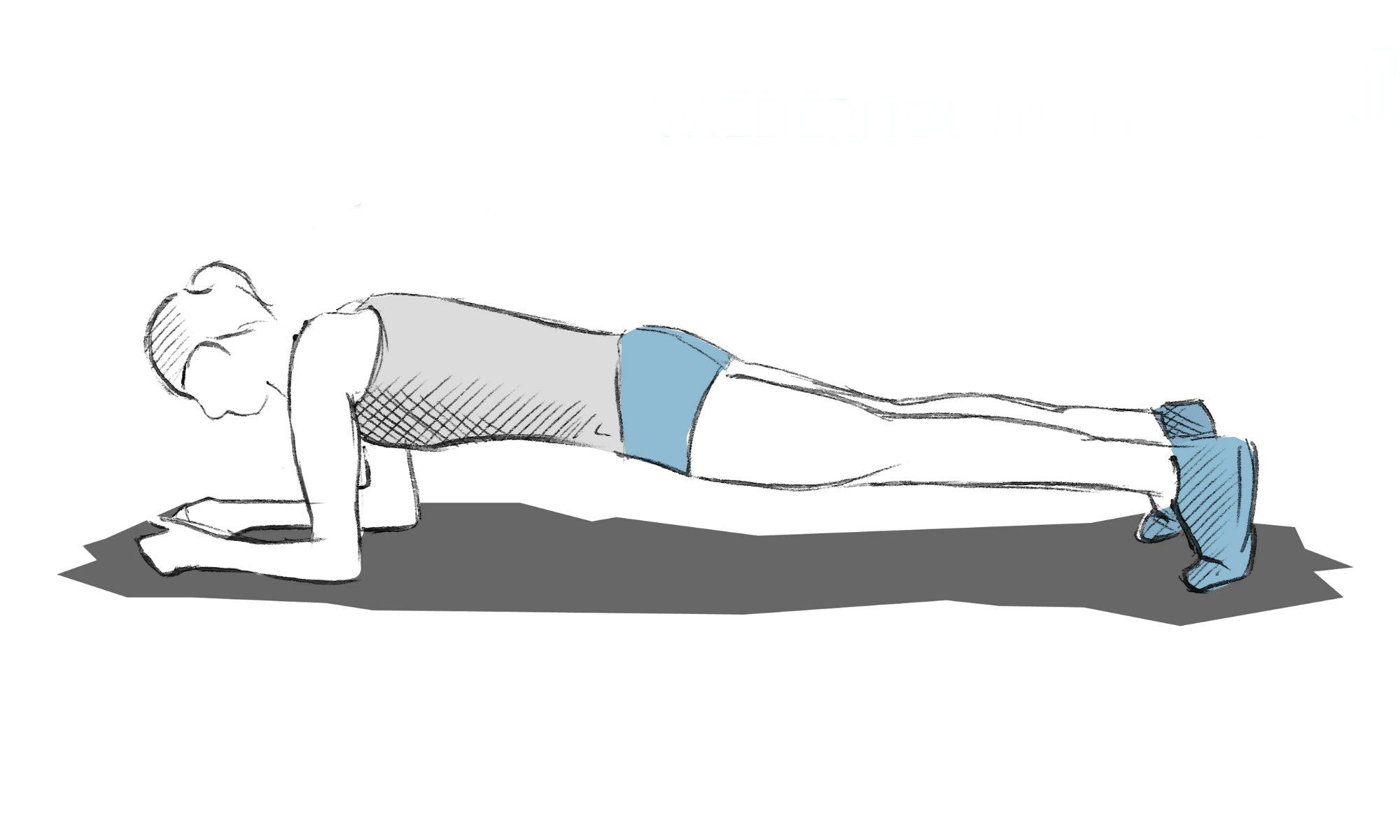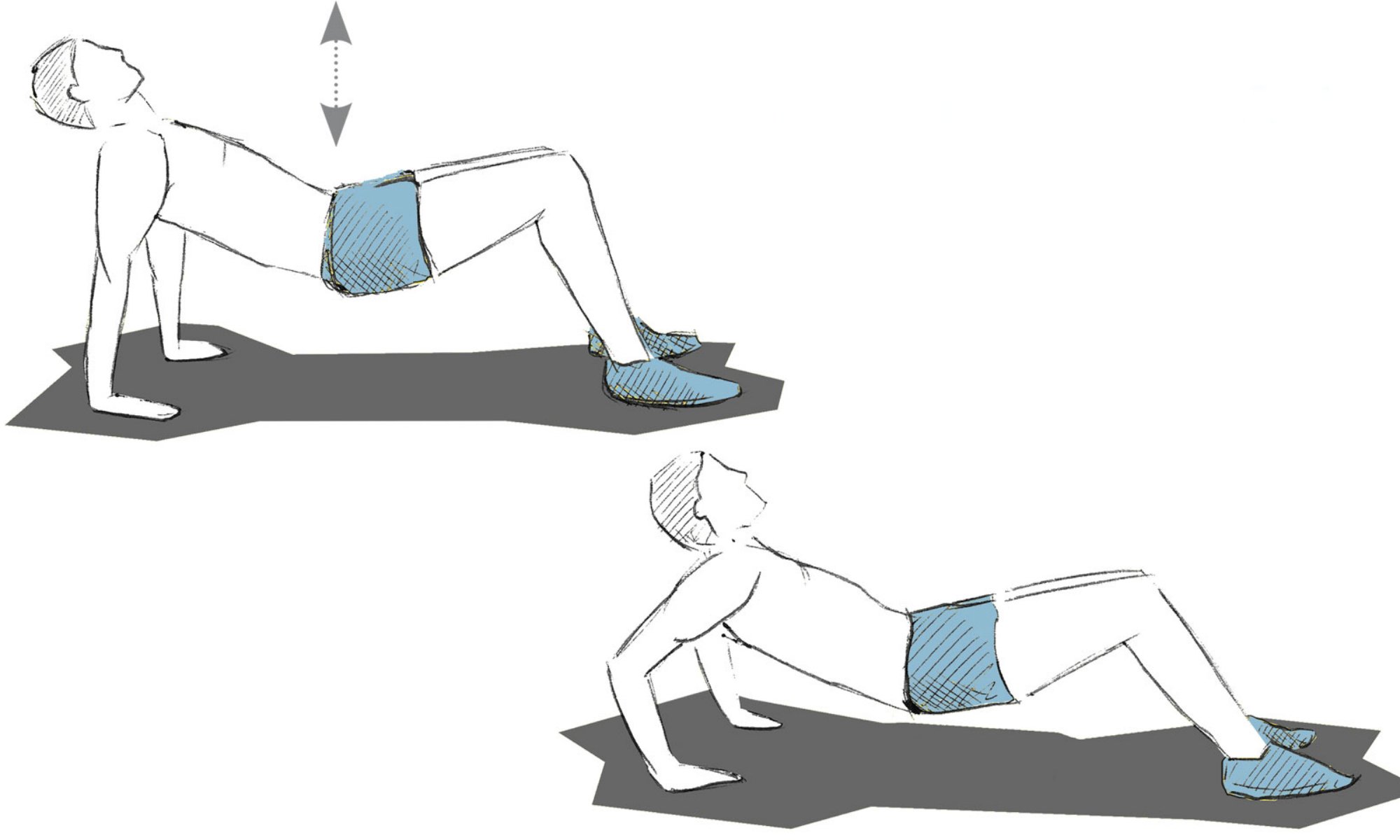Have you just planned your next, or very first skiing trip? Exciting, isn’t it? Whether you prefer to elegantly slide through powder snow, dash down the slopes at 60 km/h or simply enjoy a magnificent mountain panorama view, skiing is always fun! What’s more, skiing is also great for your health: Not only does skiing greatly benefit the cardiovascular system, it also trains all of your muscles, tendons and ligaments.
-
- Always one step ahead
- Stamina: Your days of being out of breath are over
- Improving your stability, coordination and balance
- Strengthening your muscles
- The art of stretching
Always one step ahead

Not only is skiing fun, it’s also great for your health! Training your body prior to leaving for the winter holidays has numerous advantages. The risk of having sore muscles, for example, is much lower if you prepare properly. Furthermore, the risk of injuries is also significantly lowered with strengthened muscles as the body is better prepared for physical strain.
Preparing yourself and ultimately your body for skiing is also a great way to avoid what is commonly referred to as the “third day syndrome”. This phenomenon occurs when signs of muscle exhaustion, usually showing on the third day of skiing, are not taken seriously and may lead to injuries. Try and take the necessary precautions and get physically fit for skiing as this will allow you to ski down the slopes even more smoothly.
In most cases, it’s beginners who tend to underestimate the how strenuous skiing can be. Since skiing requires the use of different muscle groups than the ones usually used for everyday-life activities, it is highly recommended to work on your stamina and muscle strength prior to your (first) skiing lesson.
As exhausting as this preparation may sound, it really isn’t that difficult. In fact, there’s no need to follow a complex training plan or anything of the sort as even easy exercises can make a big difference. In the following blog article, exercises to train your balance, muscle strength and flexibility will be thoroughly explained, so to help you prepare for your next skiing holidays.
checkyeti Tip: Doctors and experts recommend starting to exercise 3 months prior to the beginning of your ski trip. You can, of course, always start at a later point, but the sooner you start preparing the better!
Stamina: Your days of being out of breath are over

Cycling is a great way to improve your stamina Having good stamina is a basic requirement for skiing and the checkyeti team has great news for you: Improving your stamina is actually not that difficult! You can start by taking the stairs rather than the lift, for example. However, classic endurance sports like swimming, jogging, inline skating or cycling are ideal for really improving stamina.
For training, it is recommended to exercise in 30- to 60min sessions, depending on the chosen sport, 2 to 3 times a week.
checkyeti Tip: Hiking is also a perfect exercise when preparing for a ski trip. Apart from strengthening your muscles, tendons and ligaments, hiking also ideally stimulates your cardiovascular system.
Improving your stability, coordination and balance
Alongside endurance, physical stability, coordination and balance are just as important for skiing. Skiing not only implies sliding down long slopes but also to overcome small obstacles in the snow.
No need to worry. Improving your sense of balance and the speed of your reactions is also quite easy. It’s easy to integrate small balance exercises into your everyday life: Whilst brushing your teeth, for example, try standing on one foot and keeping your balance. As soon as you’ve mastered the art of one-foot-teeth-brushing,there are some other exercises you can try out, in order to improve your stability, coordination and balance:
Balance: standing scale
The standing scale is an exercise that trains your balance and torso stability. For this exercise, stand with your feet at hip width. Inhale and raise your arms in front of you up to the level of your shoulders. Bend your upper body forwards and extend your right leg until it’s at a 90° angle to your left leg. Keep in mind that for the standing scale exercise, your arms, head, neck, spine and the extended leg are supposed to form a straight line that’s parallel to the floor. Try holding this position for 3 to 4 seconds and go back to the starting position before switching to the other leg. This exercise should be repeated 15 times per leg.
Stability: pendulum jumps
Pendulum jumps are a great way to train your body stability and leg axis. Start by putting your hands on your hips and picturing a straight line between your feet, jump from one side of the line to the other, with both feet held together. Try to keep your body stable whilst jumping. This exercise should be repeated 20 times.
Coordination: one-leg stand
Stand on one leg and try to extend the other leg in front of you, to form a 90° angle if possible. Try and hold this position for a while before lowering your leg and switching to the other one. This exercise should be repeated 2 to 3 times per leg and the position should be held for for 20 to 30sec each time.
checkyeti Tip: It’s easier to keep your balance if you keep your eyes on a certain point in the distance.
Strengthening your muscles
Good stamina and a well trained sense of balance are important basic assets for skiing. However, in order to avoid having sore muscles after your first day on the slopes, you should also train your muscular system. Short exercises that can easily be done throughout your day can make a huge difference:
Overview of the most important muscles:
Muscle group function when skiing Thighs Your thigh muscles are the most used muscles when skiing. The basic skiing position already requires you to slightly bend your knees. Depending on the style and ground (e.g. bumps, irregularities), the skiing position can shift to a squatting position. For this reason, well-trained thigh muscles are essential for descents, for avoiding injuries to the knees and preventing muscle and ligament tears. Buttock
After thighs, buttock muscles are the next most strained muscle group as those muscles are used every time your legs extend and bend while skiing - which happens constantly.Torso
Your torso plays an important role when it comes to body stability. Most turns are initiated through movements coming from your torso. What is more, a well-trained torso can better support the spine and thus lowers the risk of injury.Arms
Even though the arms are not as strained as the legs when skiing, strong arms help to better handle your skiing sticks. Furthermore, strong arm (and shoulder) muscles can better react to and resist a fall.Here are a few good exercises to train the most important muscles for skiing:
Leg muscles: squats
The classic squat is considered to be THE best exercise to train your leg and buttock muscles. Squats also help improve your sense of balance and can do wonders to your body stability which is important if you want to avoid injuries to the knees.
For the starting position, put your feet at shoulders’ width. Bend your knees until your thighs are parallel to the ground. It’s very important that your knees stay to the side. Once you have done the squat, return to the starting position. Try doing 3 sets of 20 squats per set.

The so-called sumo squat strengthens the inner thighs even more than standard squats checkyeti Tip: Think standard squats are too easy? Then try sumo squats! The only difference between those two squat types is that the feet are placed further apart for sumo squats. The squat is therefore bigger and trains your inner thighs more intensely.
Leg muscles: wall squats

Wall squats provide the ideal training for the downhill skiing position As the name suggests, this position requires you to squat against a wall. For this exercise, try holding a sitting position against a wall for as long as you can. To achieve good results, try to position your knees at a 90° angle to each other. Hold the position for as long as you can and return to a standing position. Try repeating this exercise 2 to 4 times with a short break in between each wall squat.
Torso and leg muscles: lunges
A lunge is a simple exercise that strengthens your thigh and torso muscles as well as your balance.

Lunges are great for the thigh and buttock muscles Start by standing straight with your feet at hip width. Then take a big step forward. Stay in this position and lower your hips until both your knees are at a 90° angle. Your back knee should now almost be touching the ground. Watch out that your front knee stays directly above the ankle and does not bend over your toes. Try to keep your upper body as straight as possible without leaning forward. 4 sets of 20 lunges per set are recommended.
Torso muscles: planks
Having a strong torso is not only important for skiing, it’s also the basis for a healthy physique. On the slopes, you’ll need strong abdominal and back muscles when doing turns, which is why these muscles groups shouldn’t be neglected in your training.

A plank is THE best exercise to train your whole body The starting position for planking is simple: lie on your stomach and face the floor. Then place your forearms on the ground with your elbows aligned directly below your shoulders and lift up your hips. For this exercise, only your forearms and toes should be touching the floor. Your head, hip and legs should be held in a straight line. Your hips shouldn’t be too high or too low. Try to hold the position for 60 seconds before going back to the starting position.
Upper body: reverse push-ups
Even though skiing implies more action for your torso and legs, you should also try to strengthen your arms. Descents that require a lot of ski stick usage will put a lot of strain on your arms.

Reverse push-ups are ideal for strengthening your upper arms For the starting position, lie on your back. Bend your arms behind you and place the palms of your hands below your shoulders. Extend your arms and push your hips upwards, raising your torso so that your body forms a straight line. Gently lower your body slightly by bending your arms (your buttocks should not touch the ground) and then once again extend your arms. Repeat this exercise for 3 sets with 15 reverse push-ups per set.
The art of stretching
Unfortunately it’s not uncommon that warm-up and stretching exercises are skipped during training. Especially when training for skiing, it’s very important that the hip and legs are flexible. Nowadays people tend to sit for long hours at desks and so the hip muscles and joints are particularly compromised and often become stiff and inflexible. When skiing, however, these muscles should ideally be flexible and supple.
Short and easy stretching exercises can be easily integrated into everyday life. One good option for stretching the thigh muscles is the following: Before going to bed, stand on one leg and pull your other leg up behind you, to your buttock. Hold this position for a few seconds. Normally, you should feel a light stretch in your thigh. Switch to the other leg once you’re done.
checkyeti Tip: Alongside the standard stretching exercises, sports like yoga and pilates are highly recommended for training flexibility and muscles.

As someone who loves going on adventures, I simply love to share my know-how and insight on our outdoor sports offers and tell you everything I’d want to know about all these beautiful places and exciting activities. Whether you’re looking for inspiration or tips on rafting, canyoning, paragliding or any other activity, I’m always happy to tell you all about it!
